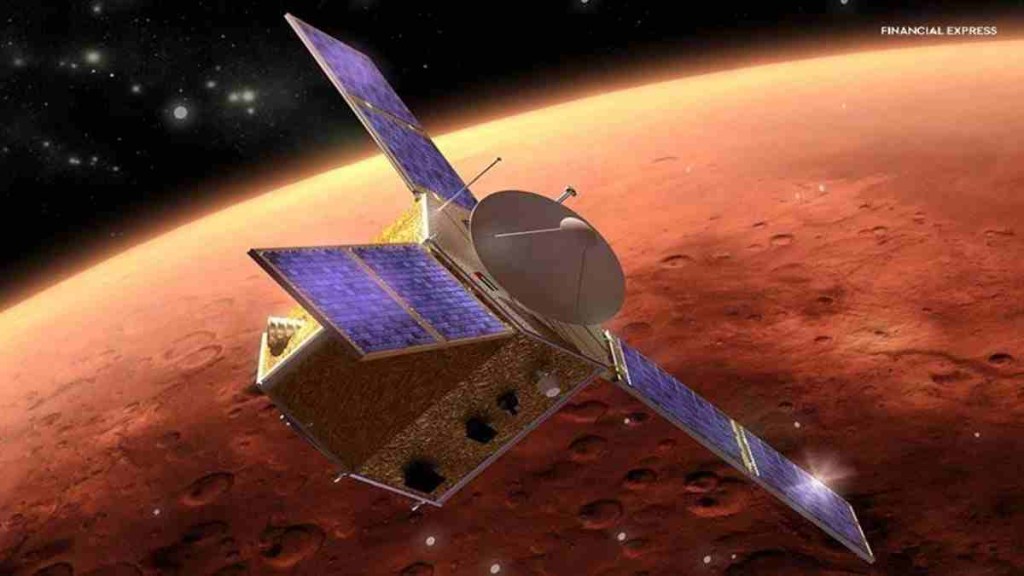In 2014, the Indian Space Research Organisation (ISRO) showed the world how a Martian mission can be completed in the first attempt with a fraction of the expenditure estimated by other space organisations. Now NASA engineers are testing the feasibility of a lander that can safely land on the surface of Mars using a collapsible base. The agency noted that the SHIELD concept could be used by low-cost missions to reach the planet.
NASA’s SHIELD concept is inspired by the agency’s Mars Sample Return campaign, which involved sending a rover to collect rock samples. A future mission will then send a small capsule to return the samples to Earth and safely crash land in a deserted location.
According to Lou Giersch, the project manager of SHIELD, the lander could be used to land on different regions of Mars that are difficult to access. These regions could then be used to build a network of landing sites.
In August, the members of the SHIELD team visited the Jet Propulsion Laboratory’s drop tower to test the lander’s collapsible structure. The prototype features a massive sling that can launch an object at the same speed as it did during a landing on Mars. A smartphone, an accelerometer, and a radio were attached to the SHIELD prototype to test the various electronics that a spacecraft would carry.
Also Read: NASA: James Webb captures stunning pics of Pillars of Creation
The SHIELD prototype was then hit by the bow launcher in less than two seconds. According to NASA, this caused the lander to speed up and hit the ground at a speed of 110 miles per hour. The agency noted that this was the fastest speed that a lander can reach on the surface of Mars after it enters the planet’s atmosphere.
According to the footage of the test, which was captured by a high-speed camera, the SHIELD hit the ground at a slight angle before it flipped over. The team believed that the steel plate caused the bounce, as no such incidents were reported in the previous tests. After examining the prototype, the engineers discovered that the onboard devices, including the smartphone, survived the impact.
NASA said the next step is to design the rest of the lander by 2023 and see just how far their concept can go.
